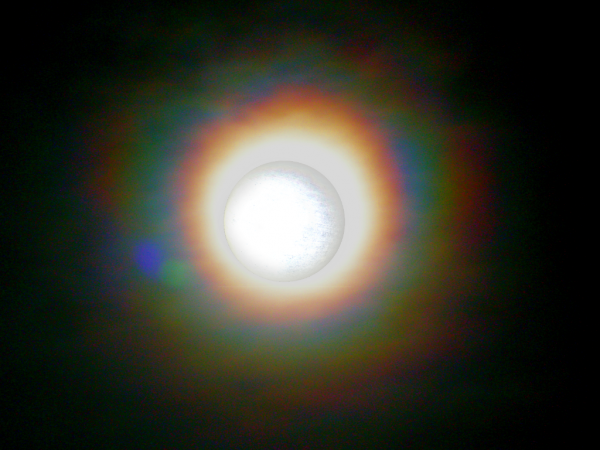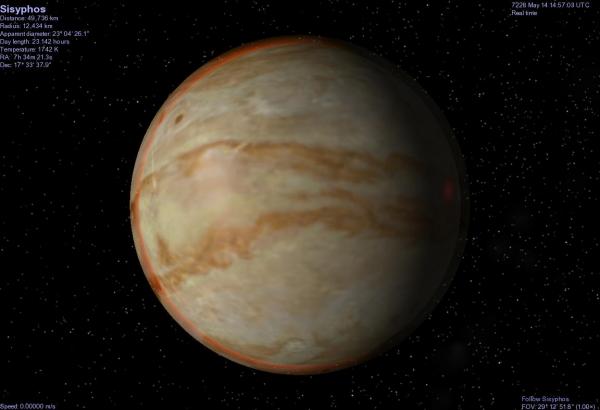BY LETTER
Chthonian Class Worlds
Gas giant worlds, formerly HyperthermalJovians, which have lost their volatiles through evaporation | |
 Image from LordOther | |
| A Chthonian world with an evaporating tail | |
As the planet loses its gaseous outer layers, it develops a comet-like tail, which can be detected from distant stars with relative ease. The tail may also be easily visible within the local system, or may be difficult to detect.
 Image from Steve Bowers | |
| Sisyphos | |
Example Sisyphos
Related Articles
Appears in Topics
Development Notes
Text by John M. Dollan
Initially published on 30 December 6800.
Initially published on 30 December 6800.






